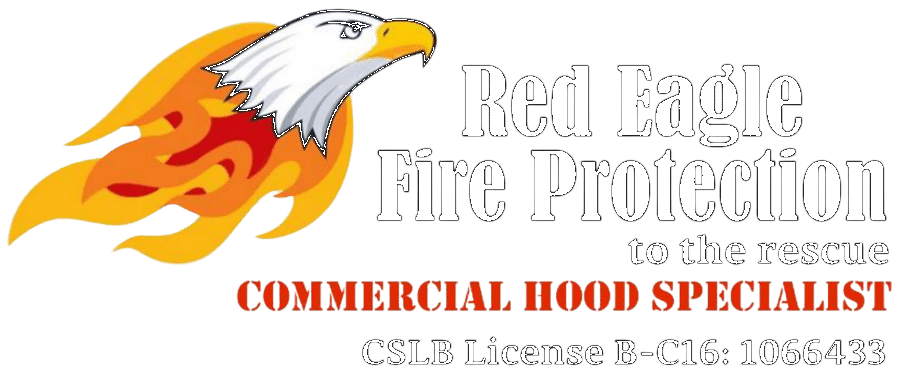Ensuring proper kitchen exhaust hood installation is critical not only for effective ventilation but also for fire safety compliance. The exhaust hood is an essential component of any commercial or residential kitchen, as it removes smoke, grease, and heat. However, without adhering to strict fire safety standards during the installation process, you risk both safety and legal violations. In this article, we’ll discuss the importance of fire safety compliance in exhaust hood installation and how it ensures a safer kitchen environment.
Why Fire Safety Compliance Matters in Kitchen Exhaust Hood Installation
Fire safety is one of the most crucial factors in any kitchen, particularly in commercial settings. A properly installed exhaust hood helps reduce the risk of fire by efficiently removing heat, smoke, and grease-laden vapors. Without compliance with fire safety regulations during the kitchen exhaust hood installation process, grease and debris can accumulate, increasing the risk of a fire. By following fire safety codes and standards, you ensure that your exhaust system performs at its best while minimizing fire hazards.
Key Fire Safety Standards for Exhaust Hood Installation
To achieve proper fire safety compliance, kitchen exhaust hood installation must adhere to several important standards, including:
- NFPA 96: The National Fire Protection Association (NFPA) outlines specific fire safety requirements for ventilation control and fire protection of commercial cooking operations. Following NFPA 96 ensures your exhaust hood meets fire safety requirements.
- Proper Ductwork: Ducts must be made from fire-resistant materials and be properly installed to allow efficient removal of grease and fumes. The ducts must also be cleaned regularly to prevent grease buildup, a significant fire risk.
- Grease Filters: Grease filters trap grease-laden vapors before they enter the ductwork. Fire safety regulations require that these filters are cleaned or replaced frequently to prevent grease accumulation and reduce the risk of fire.
- Fire Suppression Systems: Many kitchens are required to have automatic fire suppression systems installed in conjunction with the exhaust hood. These systems are designed to extinguish fires quickly in the event of a flare-up.
How Proper Installation Ensures Fire Safety
Adhering to fire safety guidelines during kitchen exhaust hood installation ensures the system functions optimally to protect your kitchen. Here’s how proper installation contributes to fire safety:
- Efficient Ventilation: Properly installed exhaust hoods remove grease and smoke effectively, preventing buildup that can become a fire hazard.
- Reduced Fire Risk: Fire safety compliance includes installing fire-resistant materials, grease filters, and fire suppression systems that reduce the likelihood of a fire.
- Legal Compliance: Failure to follow fire safety codes can result in fines, shutdowns, or increased insurance premiums. A compliant installation ensures you avoid these risks while keeping your kitchen safe.
Conclusion
Ensuring fire safety compliance during kitchen exhaust hood installation is essential for protecting your kitchen from potential fire hazards. By adhering to fire safety standards, such as NFPA 96, using proper ductwork and filters, and installing fire suppression systems, you can significantly reduce the risk of fire and improve the overall safety of your kitchen. Don’t compromise on safety—ensure your exhaust hood installation is done right.
READ MORE:

